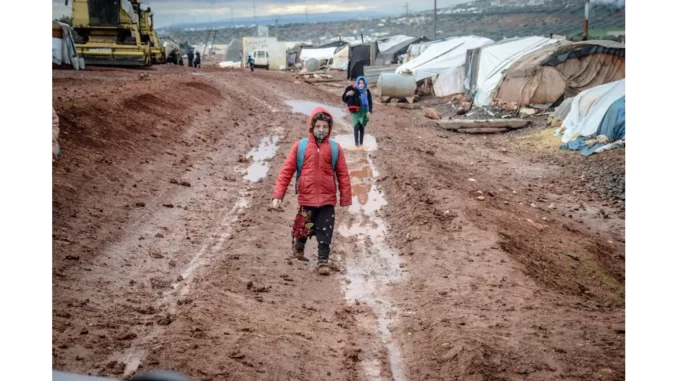
As a journalist with a focus on health and community well-being, I recently had the opportunity to sit down with Dr. Emily Carter, a seasoned healthcare professional who has dedicated her career to supporting vulnerable populations. Dr. Carter has extensive experience in community health, particularly in preparing for and managing the challenges that come with extreme weather conditions such as heatwaves. Our conversation revolved around the crucial steps healthcare managers and professionals should take in anticipation of hot weather, especially concerning the safety and health of those most at risk.
Healthcare data growth can be overwhelming scale effortlessly with TrueNAS by Esdebe.
Dr. Carter began by emphasising the importance of proactive planning. “It’s imperative that healthcare managers review, update, and thoroughly communicate their business continuity and hot weather plans before 1 June each year,” she insisted. “This isn’t just a bureaucratic exercise; it’s about saving lives.”
According to Dr. Carter, the first step in preparing for hot weather is understanding who is at risk. “Many people think only of the elderly, but the high-risk groups are quite diverse,” she explained. “These include young children, individuals with underlying health conditions like heart or respiratory problems, pregnant women, and even those who are homeless or suffer from serious mental health issues.”
Dr. Carter highlighted that recognising the increased vulnerability among these groups is essential for tailoring care plans that can mitigate the risks posed by rising temperatures. “For instance, medications can complicate the body’s ability to regulate heat. Diuretics, beta blockers, and even some antidepressants can increase the risk of heat-related illnesses,” she noted. “Healthcare professionals must be aware of these interactions and plan accordingly.”
A critical element of preparation, Dr. Carter stressed, is ensuring that care plans are adapted to the specific needs of individuals. “It’s not enough to have a generic plan; we need to personalise these plans based on each person’s health status, living conditions, and support network,” she said. “Involving families and informal carers in this process can be incredibly beneficial.”
When it comes to responding to hot weather, Dr. Carter outlined several practical measures. “Keeping indoor spaces cool is a priority. This can involve simple steps like closing blinds during the day, using fans appropriately, and encouraging people to stay hydrated,” she advised. “For those with limited mobility or who live alone, regular check-ins by care workers or volunteers can make a huge difference.”
Dr. Carter also touched upon the role of healthcare staff during heatwaves. “Staff well-being is crucial. They need to be educated not only about recognising heat-related illnesses in patients but also about managing their own health in high temperatures,” she said. “Encouraging staff to stay hydrated and take breaks in cooler areas can prevent heat stress.”
One of the most intriguing parts of our conversation was Dr. Carter’s account of how communication is vital during these times. “When a Heat-Health Alert is issued, it’s an all-hands-on-deck situation,” she explained. “Managers need to ensure that this information is disseminated quickly and effectively to all staff members, so everyone knows what actions to take.”
Dr. Carter concluded our discussion by reflecting on the broader implications of climate change. “Climate change is making extreme weather events more frequent and severe. The systems we establish now to deal with heatwaves will only become more critical in the future,” she warned. “It’s about building resilience within our healthcare systems and communities.”
As our conversation drew to a close, it was clear that Dr. Carter’s insights were both practical and profound. Her experience underscores the need for healthcare professionals to be vigilant, prepared, and responsive to the unique challenges posed by hot weather. The well-being of vulnerable populations depends on such foresight and action, making it crucial for healthcare managers to heed this advice and prepare their teams well in advance of the summer months.
In essence, the key takeaway from my interview with Dr. Carter is that while hot weather poses significant challenges, with proper preparation and responsive care, the risks can be mitigated. It’s a call to action for all those involved in healthcare to ensure that their plans are not just on paper but actively implemented and communicated, safeguarding the health of those most at risk.
Bram Best


Be the first to comment